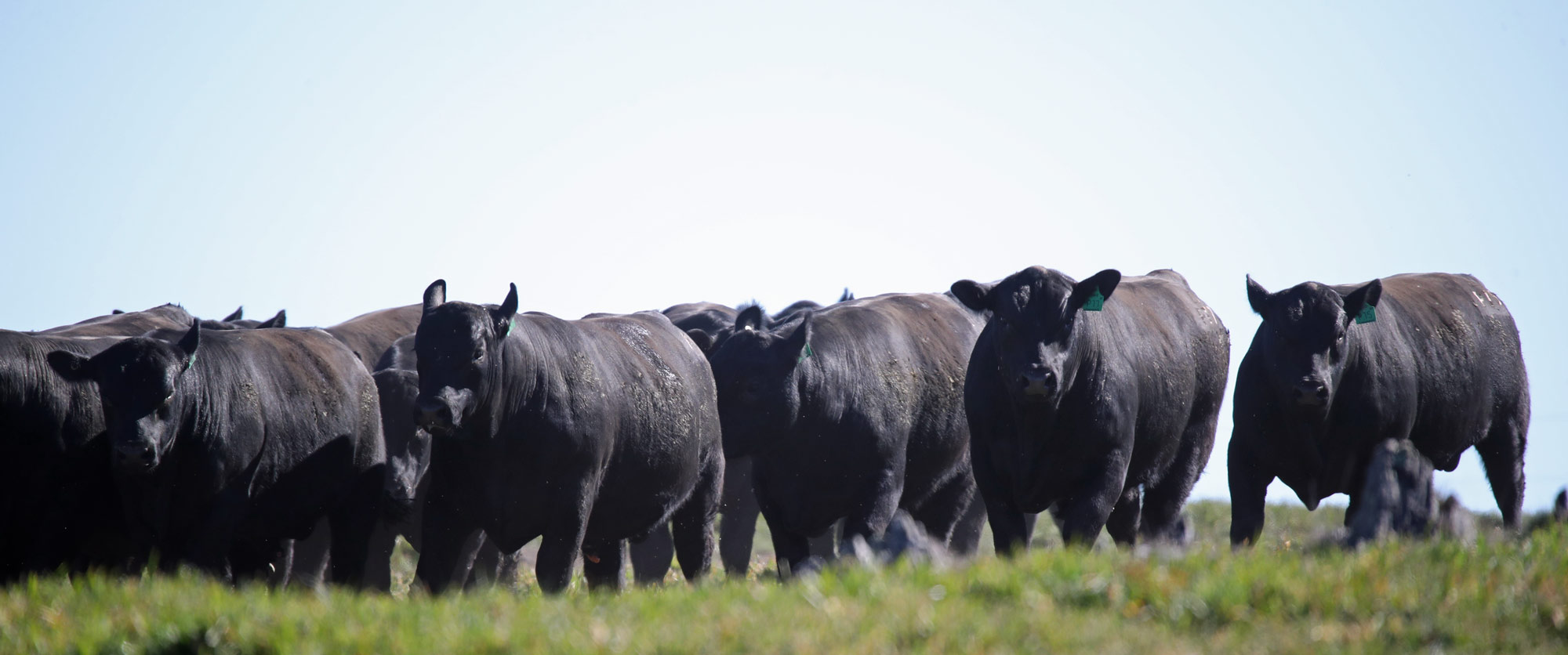Stuart and Erica Halliday
 Right across Australia there has been an increase in calving problems in the beef and dairy herds despite better pastures and the identification of calving ease genetics. The reason for this is a lack of understanding of the physiological requirements of a heifer pre-calving in regards to nutrition and management. The fact is, that as our pastures become more productive and higher in nitrogen and potassium, it is counterproductive to the requirements of the calving heifer or cow, especially those chosen for higher growth and milk.
Right across Australia there has been an increase in calving problems in the beef and dairy herds despite better pastures and the identification of calving ease genetics. The reason for this is a lack of understanding of the physiological requirements of a heifer pre-calving in regards to nutrition and management. The fact is, that as our pastures become more productive and higher in nitrogen and potassium, it is counterproductive to the requirements of the calving heifer or cow, especially those chosen for higher growth and milk.
At the point of calving most females (especially high performing ones), experience a huge increase in the demand for nutrients to produce colostrum, milk, and especially energy. At the same time there is a big increase in the other essential nutrients required to make that energy. Calcium is amongst the most critical of these and it is common for most females at calving to experience some level of calcium deficiency. This deficiency, known as Hypocalcaemia, is commonly called “milk fever”.
At it’s worst, milk fever causes downer cows and deaths, but at a subclinical level, (most likely seen in beef herds), it can often present as “lazy calvers”, prolapses, infertility due to infections as well as poor colostrum transfer.
Ironically, those genetically superior growth and milking females in our herd will often be most at risk for milk fever, dystocia, poor calf and reproductive performance. This is due to our failure to meet their higher genetic demand for specific nutrients. The question then is, are we culling our highest performers because we are managing for mediocrity, and would the results be different if we managed for their increased requirements?
How “Lazy Calvers” develop?
Cows and heifers undergo metabolic & physiological changes in the period immediately prior to calving that restrict their capacity to both absorb and mobilise calcium when it is most needed. This calcium is vital for the contractile strength of muscles like the rumen and the uterus. At calving low available calcium results in weak contractions. It also reduces contractions in the rumen and the capacity to supply vital energy supplies. Hypocalcaemia also places the cow at risk of ketosis, and reduces her appetite when she most needs to eat to repair herself. All up it’s a triple whammy on calving ease and subsequent production and reproduction.
The reason why we don’t see more cases of milk fever is that cows and heifers are able to mobilise calcium from their bones at this point. The ability of a cow to mobilise calcium at this time is critically dependent on what they are fed 14-21 days prior to birth and the extent of their requirements based on their genetics. Sadly most traditional pre-calving management strategies are counterproductive, and contribute to, rather than help prevent problems.
Why Lush Green Feed is the Enemy When Calving Heifers
Higher levels of Potassium, Nitrogen, Sodium and Calcium in supplements and feed have a negative impact on Magnesium availability in the diet, which is a vital for heifers and cows to be able to mobilise the calcium from their bones. The problem is that these are at their highest levels in Spring with short, lush green feed, particularly with our new highly improved and supered pastures. Other feedstuffs detrimental to magnesium bioavailability and therefore calcium availability can include excessive levels of urea, legume silages/hay, molasses, and salt. The irony is that many of these things are recommended pre-calving.
Vitamin D also play and important role in determining the rate of the release of calcium from bones.
Lessons for the dairy industry have also taught us that the pH of blood plays a role in calcium release from bones. Many producers, tempted to provide limestone or even causmag pre-calving, may not realise that these can often precipitate an alkalising effect rather than the preferred acidic blood pH. The end result is sub-optimal supply of calcium into the blood stream and weak muscle contractions.
Great pre calving management recognises both the logic and value of helping dams increase skeletal calcium release at the point of parturition.
Practical Solutions
Between 14-21 days pre calve, we need to reduce or limit the females’ availability to counterproductive feedstuff ie lush green feed, cereal/legume crops. Also we need to introduce low nitrogen/potassium fibre feed types such as cereal or grass hays and condensed energy feeds (eg grains), anionic salts and specific forms of magnesium.
For cost effectiveness and management, heifers are best early preg-tested and only fed in calving groups 2 weeks out from calving. In a cost benefit analysis the benefits far outweigh the costs- more calves born, better growth rates from more milk, better re-conception rates, less heifer deaths and peace of mind. Most importantly, higher performing females for growth and milk will not be placed at higher risk.
Reference: Livestock Central, and Veterinary Health Advisory Services.




